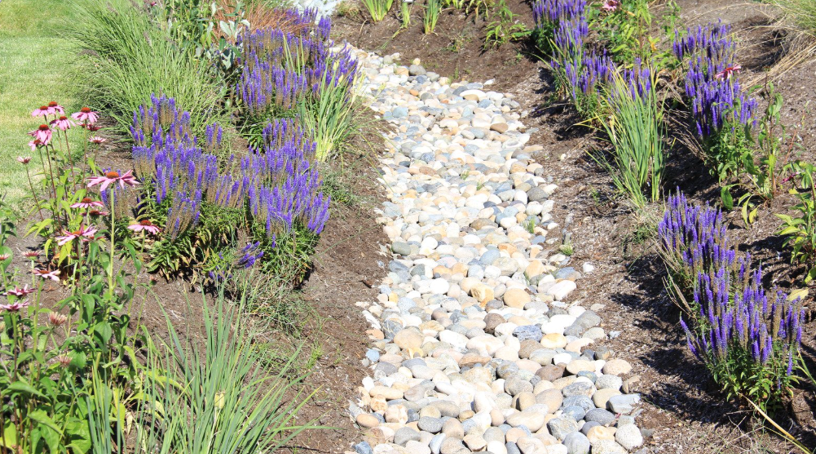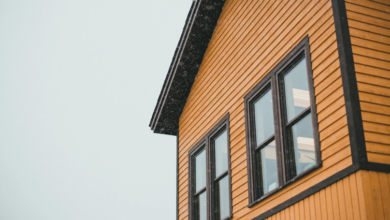
Why Poor Landscape Drainage Could Be Damaging Your Home’s Foundation
Your home’s foundation is only as strong as the ground it rests on, and that ground is directly affected by how well your landscape drains. When water is not effectively guided away from the property, it can accumulate around the foundation, increasing hydrostatic pressure and leading to severe structural issues. That’s why proper landscape drainage in Sandy Springs is more than a landscaping concern; it’s a fundamental requirement for protecting your home.
Neglecting water management outdoors can quietly erode the integrity of your foundation and result in expensive, long-term damage.
How Drainage Issues Affect the Foundation
When water pools around a home’s base, it can slowly seep into the soil and create imbalanced pressure along foundation walls. Over time, this pressure may lead to cracks, leaks, and even shifts in the foundation itself. Poor drainage also encourages soil expansion and contraction, especially in clay-rich areas. These cycles can destabilize the ground beneath your home.
Spotting the signs of drainage woes in your landscape is key to taking preventive action. Look for soggy patches, puddles that linger after rain, erosion channels, or dying plants along your home’s perimeter. These symptoms often point to underlying water movement problems that could lead to more severe foundation complications.
The Role of Soil and Grading in Water Behavior
Not all soils handle water the same way. Sandy soil drains quickly, while clay-based soil retains moisture longer and increases water pressure near structures. That’s why understanding the importance of soil composition in landscape drainage is critical when designing an effective water diversion system.
A professional drainage plan considers the type of soil, slope of the land, and existing vegetation to redirect runoff effectively. Sloped grading away from the house, strategically placed downspouts, and underground drainage systems help move water safely away from the foundation, preserving both soil structure and building stability.
Additionally, improper grading or compacted soil near your foundation traps water and prevents natural absorption. Addressing these issues with proper soil conditioning or regrading can dramatically reduce water buildup around your home.
See also: A Great Companion for Home Renovations – An Industrial Portable Power Station
Drainage Solutions That Protect Structural Integrity
French drains, surface drains, swales, and gutter downspout extensions are common methods to redirect excess water. In more complex landscapes, professionals may recommend sump pumps or catch basins to manage large volumes of runoff.
These systems don’t just protect the foundation, they also improve plant health, reduce erosion, and keep outdoor surfaces safe from slipperiness and water damage. The key is ensuring these features are designed to match your yard’s slope, water volume, and soil type.
Professional installation ensures all elements work together to manage water flow proactively rather than reactively, minimizing the risk of foundation damage.
Conclusion
Poor landscape drainage isn’t just an eyesore, it’s a hidden threat to your home’s structural integrity. When water is allowed to accumulate around your foundation, it can gradually lead to major damage that impacts safety and property value. Understanding soil behavior, recognizing drainage problems early, and implementing the right solutions can protect your investment for the long term.
With a strategic and professional approach to landscape drainage, you can ensure your home stands strong against the elements year after year.




